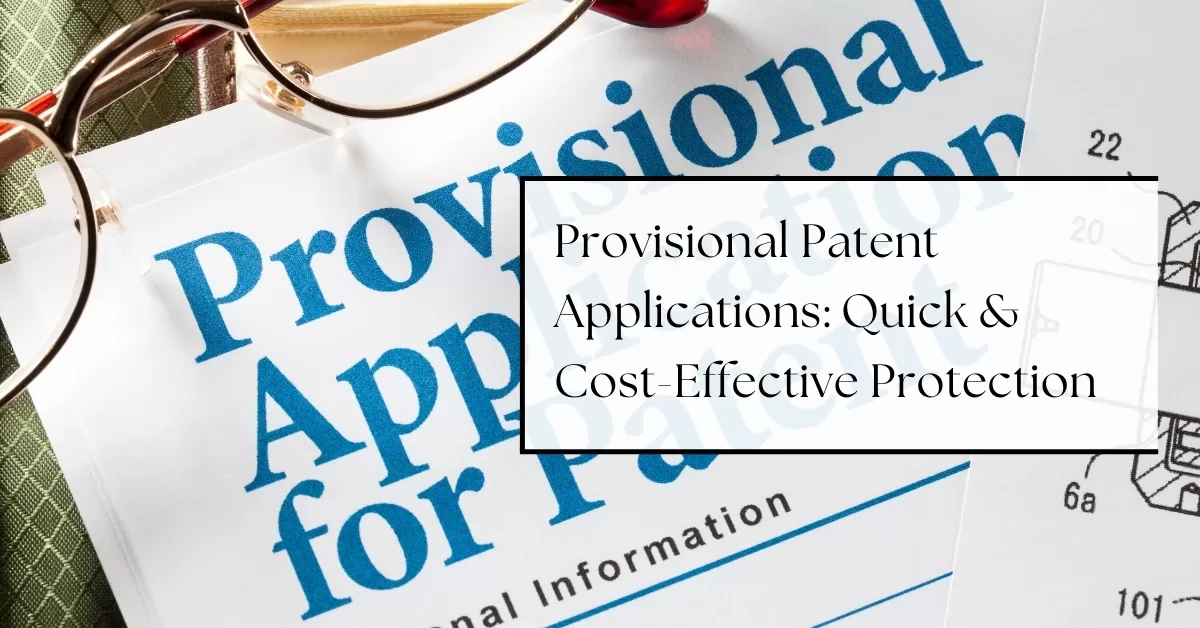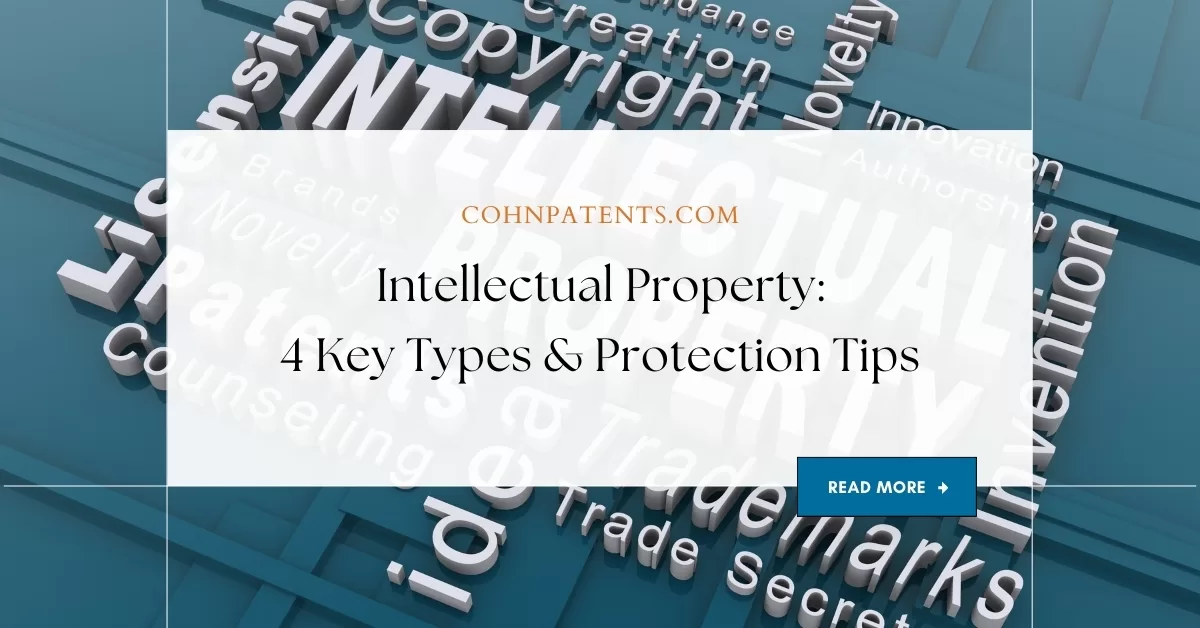12Apr
A Patent Search Tips: Avoid Costly Mistakes
A Patent Search - An Inventor's First Task
A professional patent search can be a little expensive, so many inventors opt to do their own. There are a few problems with this approach, however, which searchers should be aware of. The first of which being--even if your patent search brings up no similar or related patents, it doesn't mean they are not there. Additionally, if you conduct a search and find that there are other patents out there similar to yours, it doesn't mean that you should just give up right there. There may be ways you can modify your patent to...
09Apr
Inventor Help: When to Seek Patent Assistance
When Should You Seek Patent Assistance for Your Invention?
Inventors are used to going it alone. It's not unusual to spend hours going over problems, studying issues and using trial and error to create something new. But when it comes to protecting your creation, it's a good idea to know just how far going it alone can take you--and when you should seek help.Inventor help from the Beginning
In actuality, though it's entirely possible to create draft patent applications on your own, it often makes better sense to involve an expert from the beginning. One reason being, if you are going...
28Jan
Patent Searching: Protect Your Invention Wisely
Expert Tips on Patent Searching for Your Idea
If you have an invention and are visiting this site, I assume that have already done a search on the internet and in your local stores to see if your idea is already around. Most likely, you’ve found similar products but none that are quite the same as yours. Many people that call me are in this exact situation. They often say, I had a great idea before but I didn’t do anything and now I’ve found it being sold all around. This time I want to protect my idea but I don’t know what...
21Jan
Protect Your Idea: Non Disclosure Agreements Explained
Non Disclosure Agreements
Client’s frequently call wanting to know how they can disclose the invention to a prototype maker, a manufacturer, an investor or a potential buyer without them stealing their idea. I usually suggest using a non-disclosure agreement, often called and NDA, to protect the confidentiality of their idea. A nondisclosure agreement is actually a contract between one party such as the inventor who has the information and another party called the recipient that wants to receive the information. The main purpose of the Non-disclosure agreement is to ensure that the information remains secret and is not stolen. Often, the receiving party,...
09Jan
Provisional Patent Applications: Quick & Cost-Effective Protection
Provisional Patent Applications: Quick & Cost-Effective Protection
Very often, I’m contacted by someone that has an invention but doesn’t know what to do next. First, as I explained in a Video called Patent Searching, I recommend doing a Patent Search. The next step is to protect the invention while the marketing effort proceeds. In some cases, a prototype has to be made, or a website built or a licensing effort is started. If the invention is still in the developmental stage, a Provisional Patent Application can provide the quickest, most economical way to protect the invention. A Provisional Patent Application usually includes...
26Dec
Apple Brilliant Patent: 3 Ways It Cools Devices Efficiently
Apple Brilliant Patent
On November 6th, the Apple company patented the “ionic wind generator,” which is referred to in the patent as, “a method and apparatus for cooling electronic devices.” Anyone who owns an Apple product, whether it’s a MacBook or an iPod, knows that this new device is much needed. While it doesn’t always pose a danger, electronics tend to get hot with use. Apple’s new patent outlines a system for cooling that employs an ionic wind pump which utilizes magnets in order to send cool air to certain parts of an electronic machine. Sensors in the device tell the pump...
17Dec
Deceptive Advertising Case: FTC Wins $2M Against Clickbooth
FTC Fines Clickbooth $2M for Deceptive Advertising on Fake News Sites
In the case of the Federal Trade Commission vs. Clickbooth, an affiliate network, the FTC won. Clickbooth must pay $2 million to the FTC as a settlement. The case claimed that Clickbooth misled consumers by placing untrue weight loss claims on various fake news sites. The products that were being offered were colon cleansers and acai berry supplements. The $2 million that the FTC has collected from the case will be used to refund customers who bought the deceptive products. On top of the settlement payout, Clickbooth also has to adhere...
16Nov









